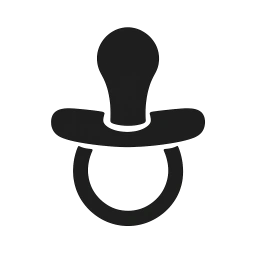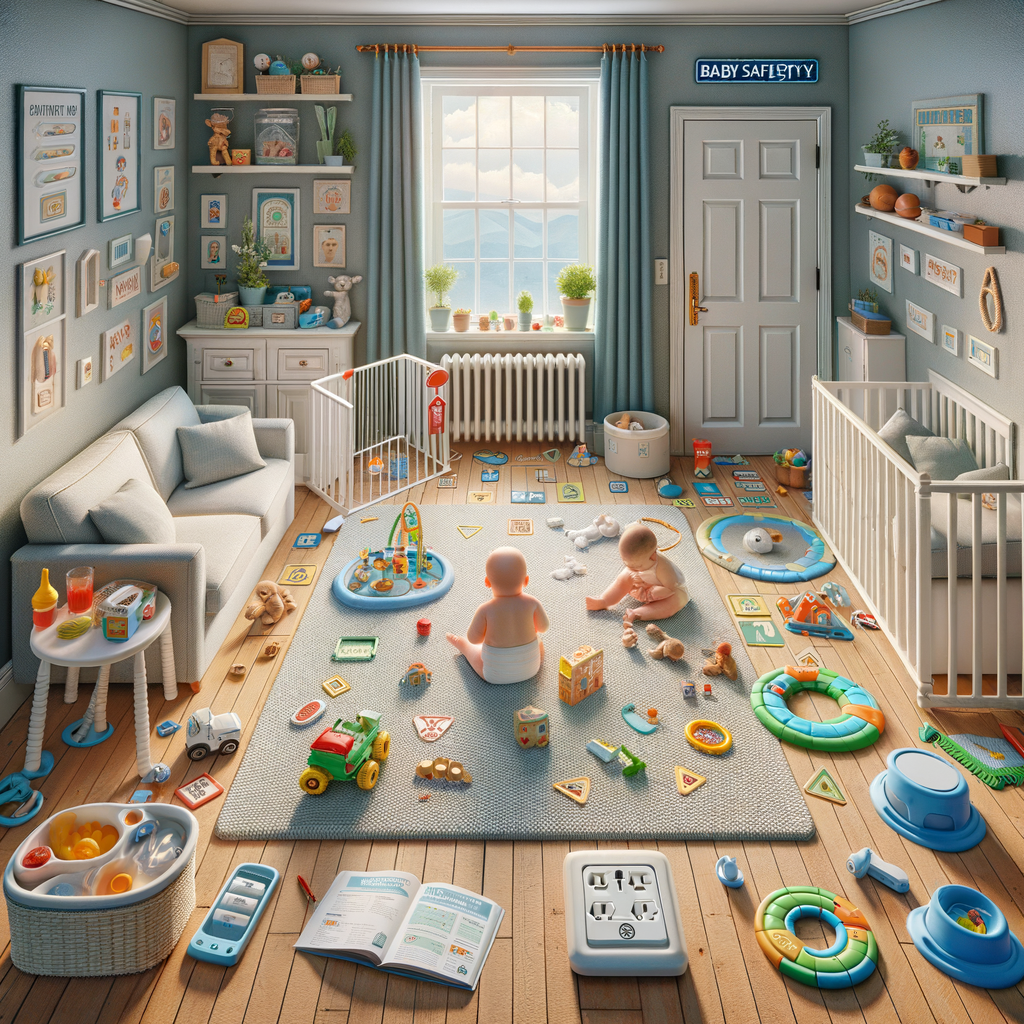Baby Safety: Must-Have Tips for Effortless Home Protection
Baby safety is a paramount concern for new parents and caregivers. With the arrival of a little one, your home transforms into a world of exploration, which can pose various risks to your child’s well-being. Ensuring home safety through careful baby proofing is essential to create a nurturing environment that allows your baby to explore while minimizing hazards. Here are some must-have tips to help you effortlessly protect your home and keep your baby safe.
Understanding Risks: Identifying Potential Hazards
The first step in baby proofing your home is identifying potential hazards. Babies are naturally curious and tend to reach for anything within their grasp. Here are common areas of concern:
– Furniture: Sharp edges, heavy items that can topple, and low furniture that poses a climbing risk can be dangerous.
– Electrical Outlets: Open outlets present a significant threat. Babies are known to explore with their hands and mouths, making outlets prime targets for accidents.
– Small Objects: Toys, coins, and small household items can pose choking hazards if not properly monitored.
– Stairs: Unsupervised access to stairs can lead to serious falls, making it essential to consider gate installations.
Baby Proofing Essentials: Creating a Safe Environment
After identifying hazards, your next step is to implement tweaks and solutions for enhanced baby safety. Here are practical baby proofing tips:
Secure Heavy Furniture
To prevent tipping, anchor heavy furniture like bookshelves, dressers, and TVs to the wall. This will ensure that a baby cannot accidentally pull it over while trying to climb or grab something.
Utilize Outlet Covers
Making electrical outlets safe is a straightforward process. Install outlet covers to keep tiny fingers out of potentially dangerous spots. There are several types available, including slide covers and plug covers, allowing you to choose what best fits your style.
Install Safety Gates
If your home has staircases, strong safety gates are a must. These should be placed at the top and bottom of the stairs and in any doorways that lead to hazardous areas. Make sure to opt for gates certified by safety organizations for peace of mind.
Lock Away Cleaning Supplies
Many household cleaning products can be toxic, especially under the curious supervision of a baby. Store all cleaning supplies, medications, and any potentially harmful substances in locked cabinets or cupboards to prevent unwanted access.
Use Non-Toxic Materials
When selecting toys and furniture, prioritize non-toxic materials. This means avoiding items made from harmful substances or that contain small parts which may pose choking hazards. Look for brands that specifically mention “baby-safe” or “non-toxic” in their descriptions.
Continuous Supervision: The Key to Safety
While baby proofing is essential for creating a secure environment, continuous supervision remains a crucial part of baby safety. Even in a well-proofed space, accidents can happen, so it’s important to stay vigilant. Here are some tips for effective supervision:
– Follow Your Baby: As soon as your baby becomes mobile, closely follow their movements. Create a safe space where they can explore without hindrance, but always keep an eye on them.
– Be Aware of Changes: As your baby grows, they will reach new developmental milestones that allow them to access previously unreachable areas. Regularly reassess your baby proofing efforts as your child grows to ensure ongoing safety.
– Engage and Educate: As soon as your child is old enough to understand simple concepts, start introducing them to safety. Teach them to avoid dangerous objects and areas, making them partners in their own safety.
Safety Drills: Preparing for Emergencies
Despite your best efforts at baby proofing, accidents can still happen. Preparation for potential emergencies is another facet of home safety. Here’s how to ensure you’re ready:
– Know the Emergency Contacts: Keep a list of important emergency numbers, like poison control and local emergency services, accessible at all times.
– First Aid Essentials: Have a well-stocked first aid kit that includes items such as band-aids, antiseptic wipes, and any medications your child may need.
Conclusion
Creating a safe environment through careful baby safety measures and proactive home safety strategies is essential for ensuring peace of mind for parents and caregivers. By understanding the risks, baby proofing effectively, and practicing continuous supervision, you can significantly minimize hazards in your home. Remember, safety is a journey, not a destination—the key is to stay informed and adapt as your baby grows. Happy parenting!


Leave a Reply